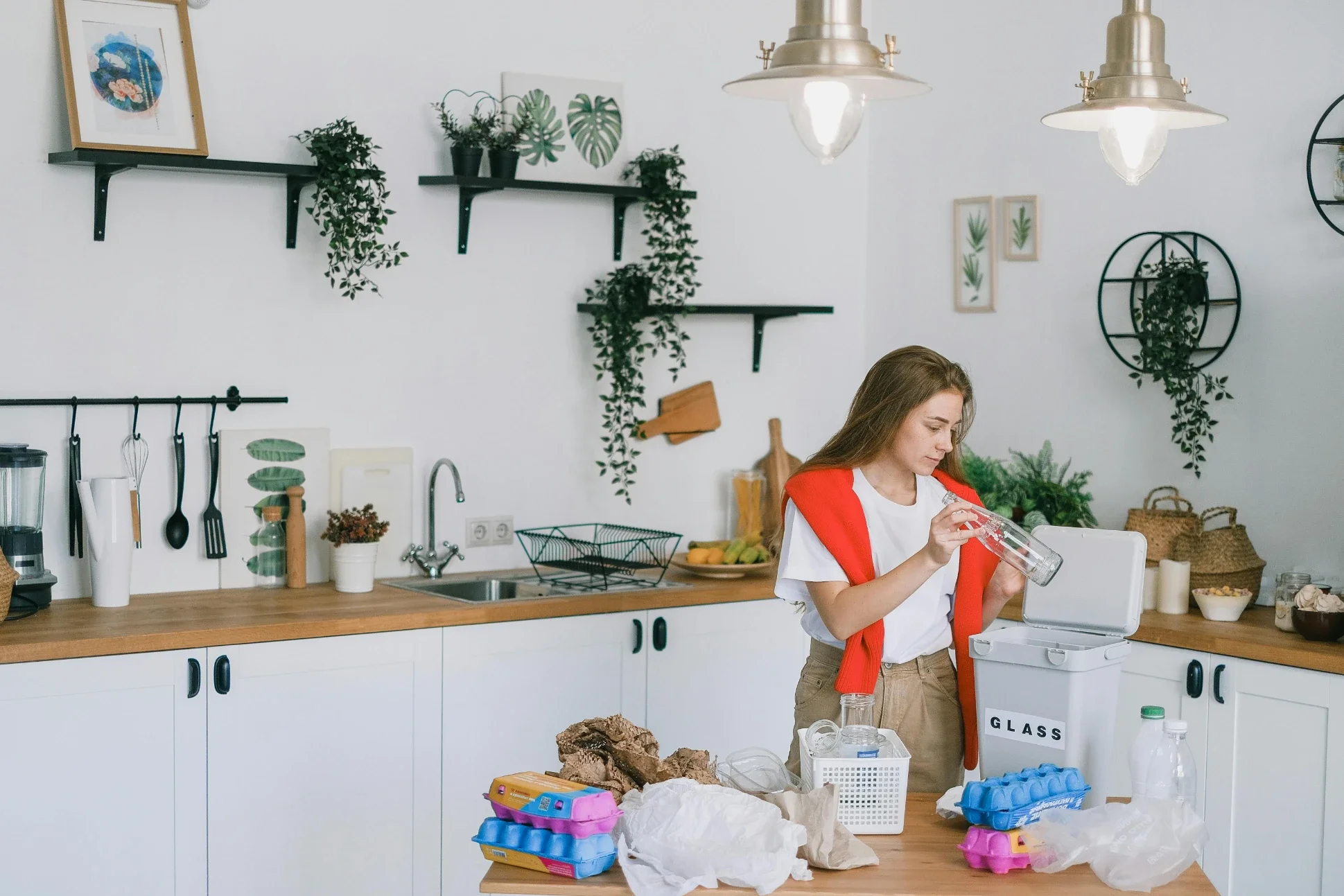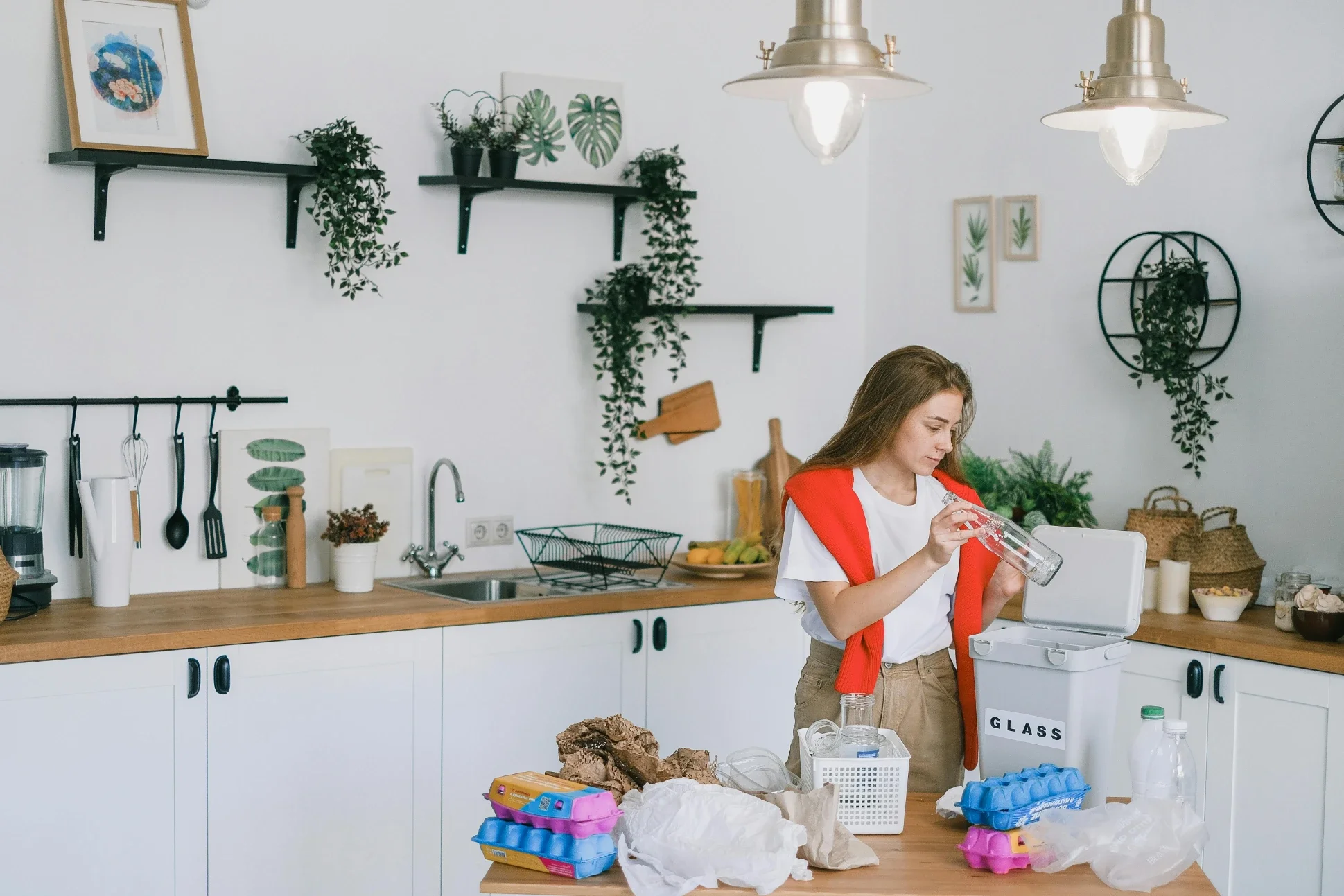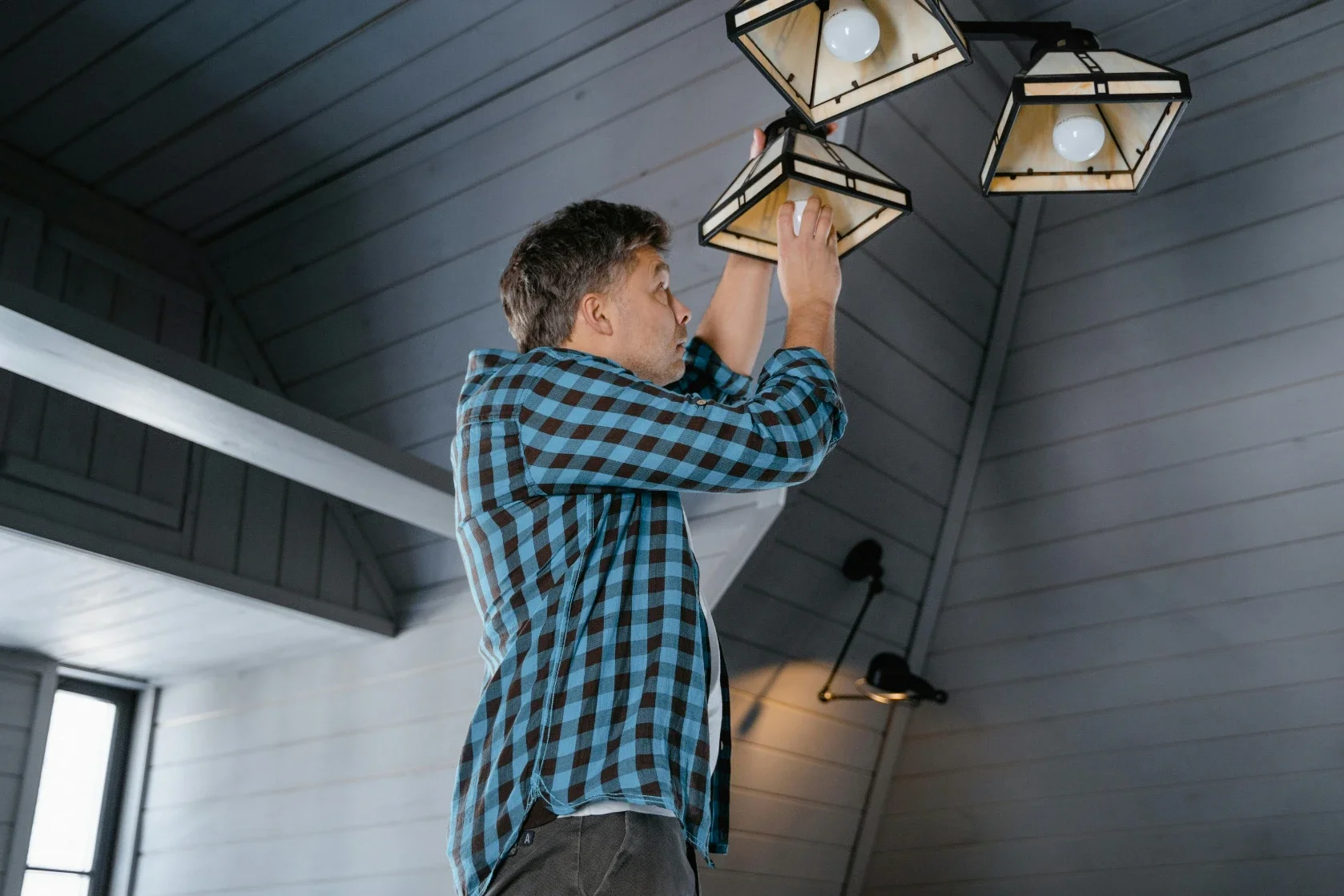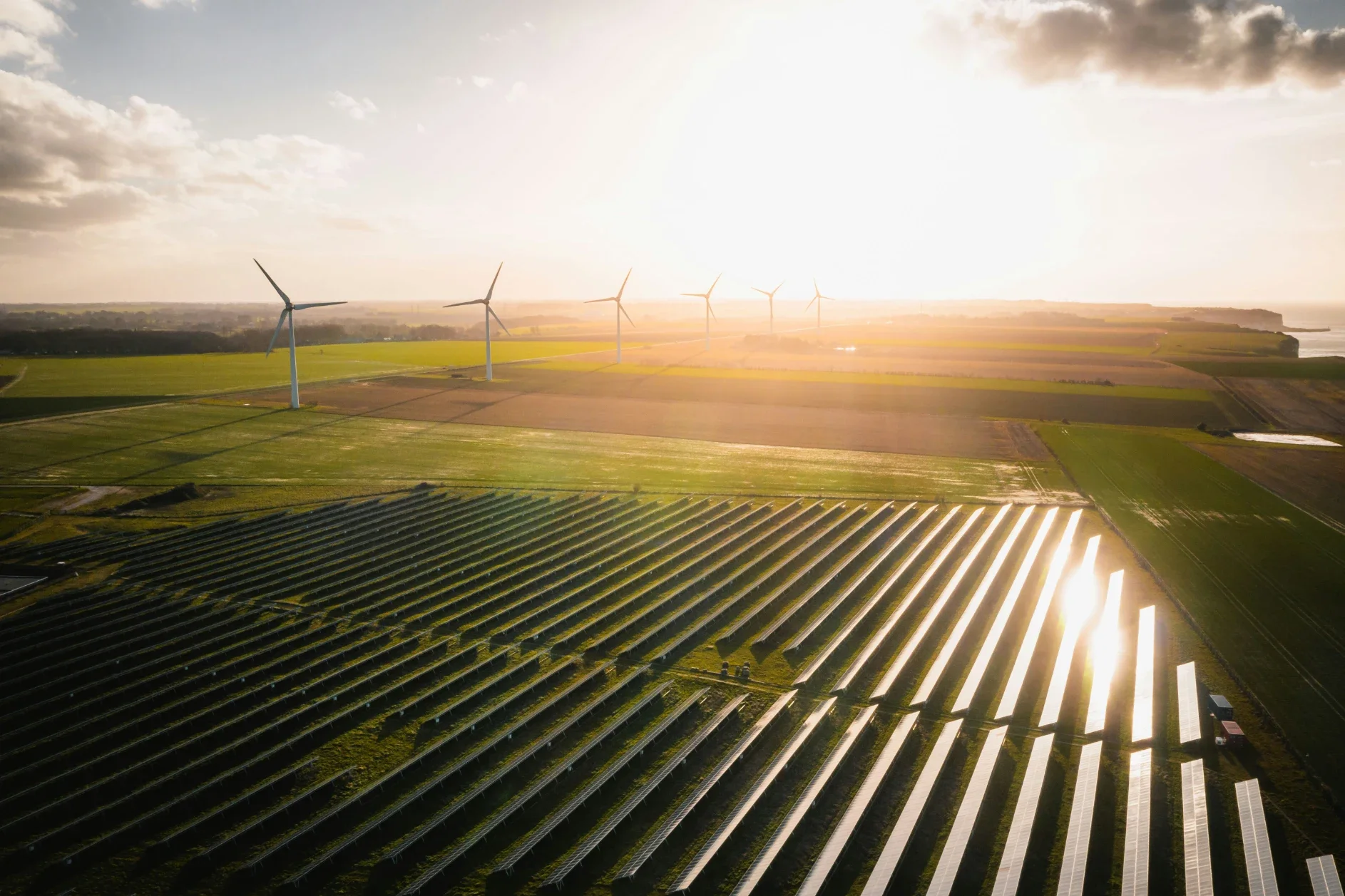Easy Ways to Make Your Home More Sustainable
Discover simple, effective ways to make your home more sustainable with energy-saving habits, eco-friendly upgrades, and smarter daily choices.
Ever stood in front of your recycling bin, holding something and thinking, “Can this go in here?” as if it might whisper the answer back? You’re not alone. As conversations about climate change and environmental impact ramp up in the news and across dinner tables, more people are looking inward—starting with the places they live. In this blog, we will share easy, realistic ways to make your home more sustainable without giving up comfort or sanity.
Start Where Energy Slips Through the Cracks
The fastest way to waste energy is to let it leave your house before it even has a chance to help. Drafty windows, unsealed doors, and poorly insulated walls can turn your heating or cooling system into a very expensive, very inefficient fan. The fix doesn’t require a total overhaul. Start by sealing gaps around windows with weatherstripping or caulk, and check your attic insulation for thin or degraded spots. A home that holds its temperature is easier on your wallet and the grid.
Your roof plays a major role here too. A poorly maintained or outdated roof doesn’t just lead to leaks—it makes your energy systems work overtime. That’s where a trusted roofing company can step in. Professionals can assess the condition of your current setup and recommend materials that help reflect heat in the summer and retain warmth in the winter. Some now offer recycled or cool-roof products that contribute directly to energy savings without changing the look of your home. Working with experts ensures you get a solution that matches both your goals and your climate zone.
This kind of upgrade also feeds into a larger shift. With federal and state incentives pushing for more efficient home systems, improvements like roofing aren’t just cosmetic—they’re part of a bigger, smarter way to live. And getting ahead of it now means you’ll be prepared as new codes and standards evolve.
Water Conservation Works Best When It's Built In
Sustainability isn’t just about electricity. It’s about every resource you use—and water is a big one. Even small changes can lower your household footprint and reduce strain on local systems, especially in areas affected by drought or aging infrastructure.
Swapping out old showerheads and faucets with low-flow models is an easy first step. They work just as well as their older cousins but use far less water. If you’ve got a toilet that looks like it’s been around since landlines were a thing, consider a dual-flush model. It uses less water for, well, less demanding tasks.
In the yard, rethink how you water. Lawns are thirsty and high-maintenance, and often don’t make sense in certain regions. Replacing turf with native plants or xeriscaping cuts your water use drastically and supports local ecosystems at the same time. If you do irrigate, switch to a drip system or a timed sprinkler setup that waters in the early morning or late evening, when evaporation is low.
Rain barrels are another easy addition. They collect runoff from your roof so you can water plants or wash your car without tapping into the municipal supply. When something this basic lowers your utility bill and helps your community, it’s hard to argue against it.
Choose Appliances That Do More With Less
Energy-efficient appliances aren’t just a marketing gimmick anymore—they’re baseline expectations. And with household electricity use on the rise due to more people working from home, it makes sense to look at where your biggest energy loads are.
Refrigerators, washers, dryers, and HVAC systems account for a huge chunk of consumption. When it’s time to replace any of them, look for ENERGY STAR–certified models that are rated for both performance and efficiency. Yes, they often cost a bit more upfront, but the savings on monthly bills add up quickly—and some states offer rebates for making the switch.
Also, consider your smaller devices. Unplug chargers and electronics when they’re not in use, or plug them into smart power strips that cut off phantom energy drain. This isn’t about turning your home into a tech lab. It’s about removing the waste you don’t even notice.
Lighting is a good place to start. Swapping out incandescent bulbs for LEDs can slash energy use, especially in high-traffic areas like kitchens and bathrooms. Pair those with dimmer switches or motion sensors and you’ll stretch both power and comfort.
Rethink Waste Without Losing Your Mind
Recycling matters, but it's not enough on its own. The bigger shift is thinking about how to reduce waste in the first place—especially the kind that piles up quietly in closets, under sinks, and inside trash bags.
Start in the kitchen. Composting food scraps diverts a huge portion of landfill waste and keeps organic matter in the nutrient loop. You don’t need a backyard or a complicated system. Countertop bins with carbon filters work well for small spaces and smell less than that forgotten Tupperware in your fridge.
When shopping, go for products with less packaging or opt for bulk items that reduce trips and plastic use. And when you declutter, don’t just toss—donate, repurpose, or recycle. Someone else might want that side table you’ve stopped noticing. Keeping stuff out of landfills for as long as possible is a quiet but powerful act of sustainability.
Inside the home, switch to reusable items where it makes sense. Cloth napkins, refillable soap dispensers, and washable mop heads are simple swaps that reduce single-use waste. No need to go full zero-waste guru—just make steady progress.
Sustainability Should Still Feel Like You
The biggest mistake people make with sustainable living is trying to copy someone else’s routine. What works in a downtown apartment won’t make sense in a rural farmhouse. Your lifestyle, climate, and schedule all shape how you live—and how you can live more sustainably.
Maybe you’re not going to install solar panels this year. Maybe composting still feels intimidating. That’s fine. Start where it fits. Swap out what feels easy. Change what you won’t miss. Over time, those little moves shift the foundation of your home from passive consumer to active contributor.
Sustainability isn’t about doing everything perfectly. It’s about doing something consistently. If everyone focused on making just a few smarter choices—about water, energy, waste, and how we maintain what we already have—the impact would speak for itself.
And as more households move in this direction, markets follow. Builders start offering more efficient designs. Suppliers stock greener materials. Incentives grow. What feels niche now becomes the standard later.
So start now, start small, but don’t stop. A sustainable home isn’t built in a day. It’s shaped over time—one better habit, one smarter upgrade, one less wasted resource at a time. When your space works with the planet instead of against it, you don’t just live better. You live more intentionally. And that’s a comfort worth chasing.



